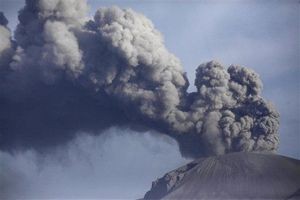A Memorial Day traditionally marks the beginning of the summer while Labor Day marks the end. People are bound to have their own recollections and opinions about which weekend more reliably delivers agreeable weather here in southern Wisconsin and those opinions can be colored by many non-meteorological influences.
If forced to opine on this question while sticking to strictly meteorological factors, we would suggest that Labor Day weekend’s weather is more reliably summerlike. The reason for this comes directly from the fact that Memorial Day comes as winter is ending and Labor Day as winter approaches.
As the winter ends, the entire Northern Hemisphere gradually warms up and the leftover cold air from the polar regions is gradually bled away to lower latitudes where it disappears. This “bleeding” of cold air occurs in distinct blobs, known as cutoff lows.
It is verifiable that there are many more cutoff lows in the hemisphere in May than in September. These cutoffs can sometimes remain over a location for days at a time and negatively impact the local weather by engendering conditions that favor the development of thundershowers and persistent clouds, not to mention below-normal temperatures. Our cooler weather early last week was related to such an event.
Since these features are more common in May, the weather is more prone to these undesirable unsettled periods this month than in September.
Steve Ackerman and Jonathan Martin, professors in the UW-Madison department of atmospheric and oceanic sciences, are guests on WHA radio (970 AM) at 11:45 a.m. the last Monday of each month.


